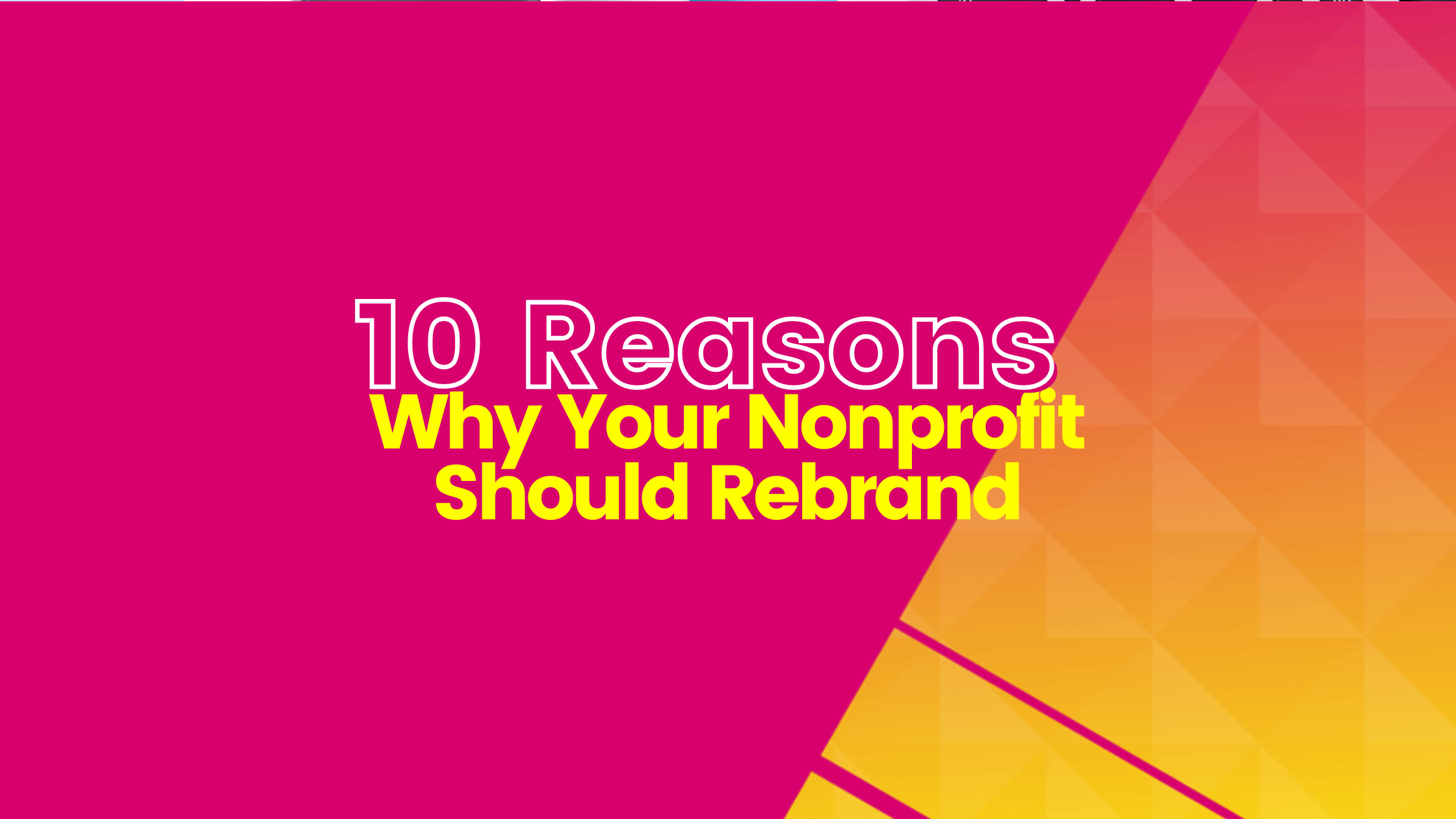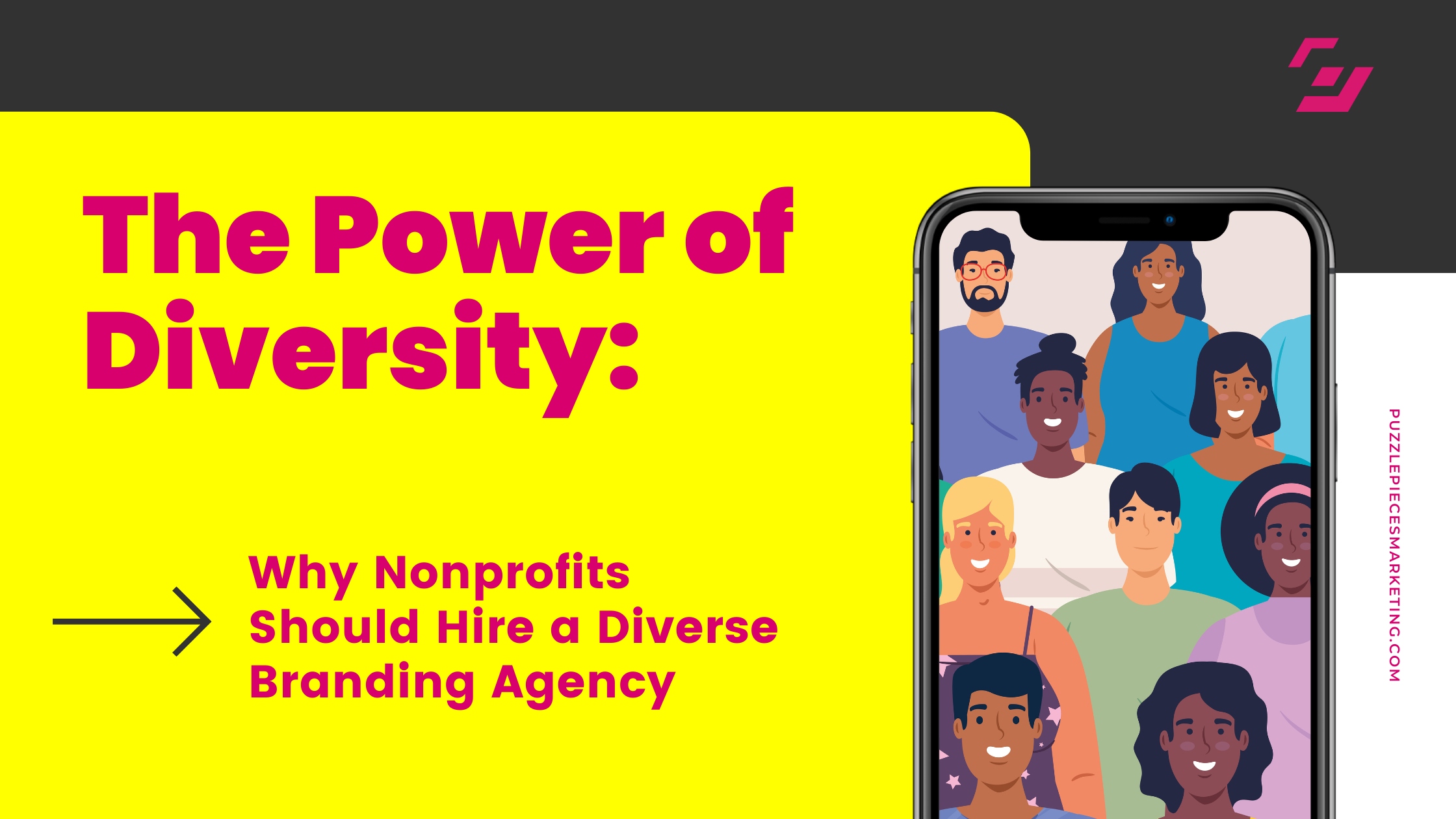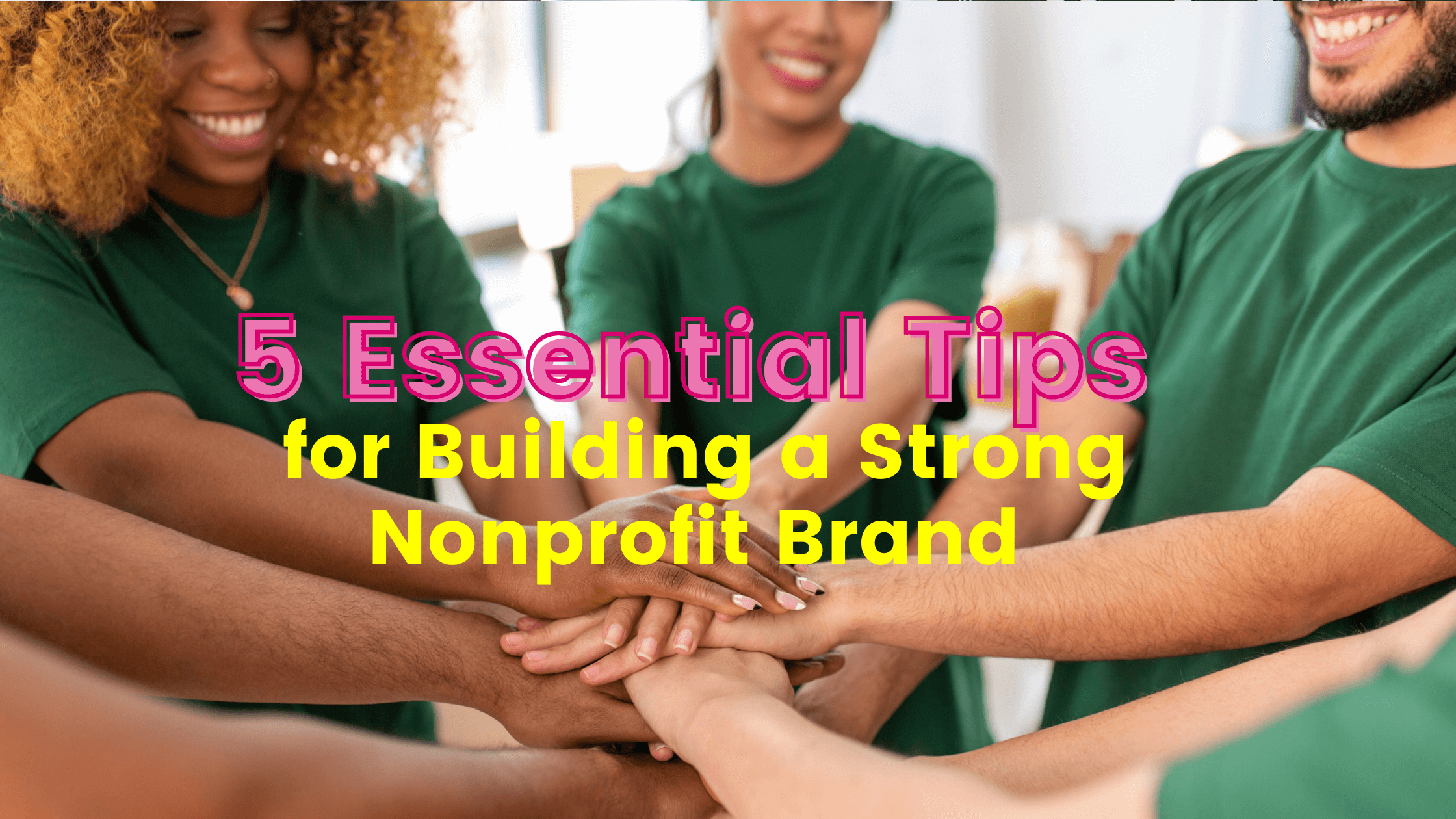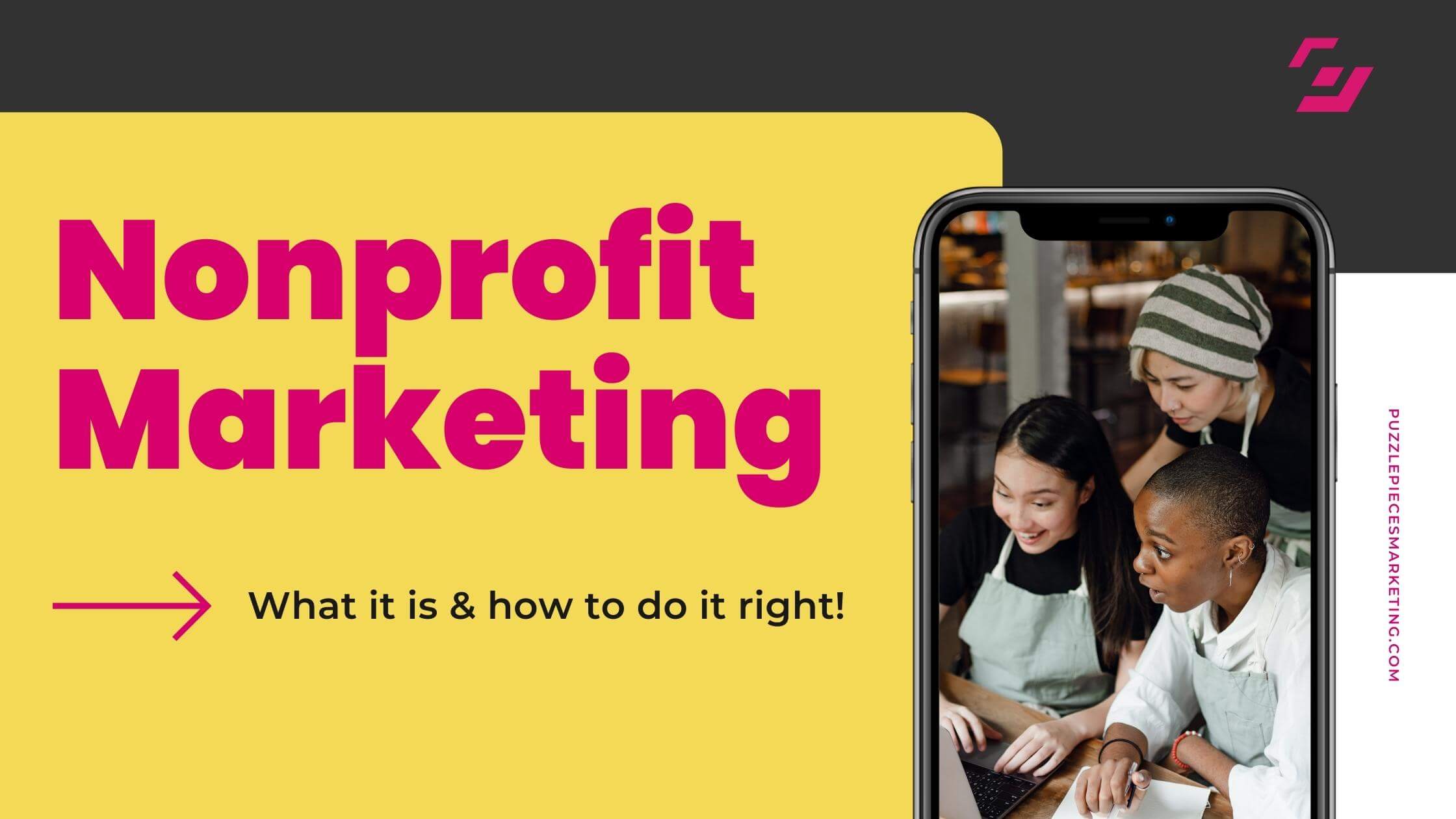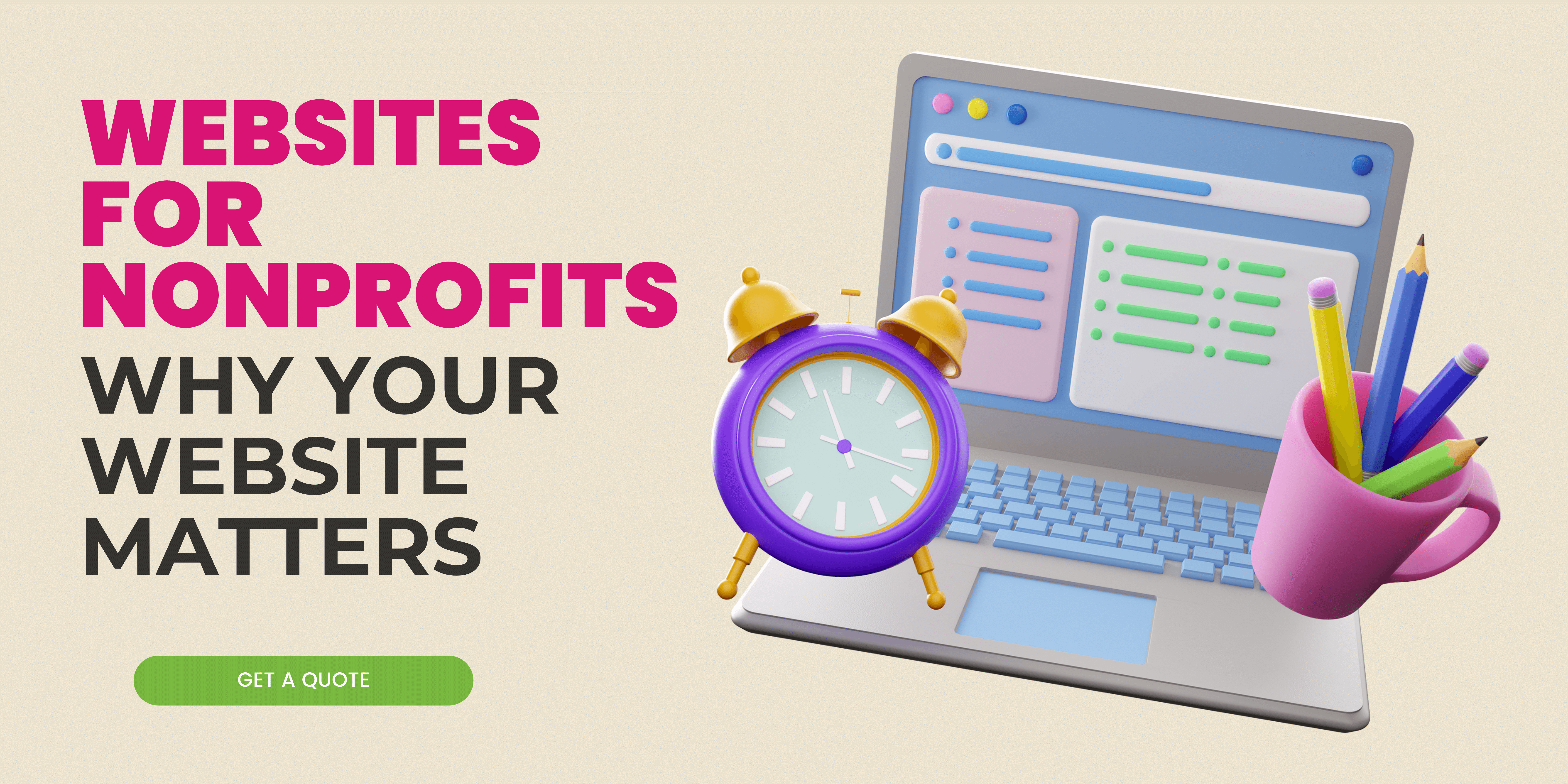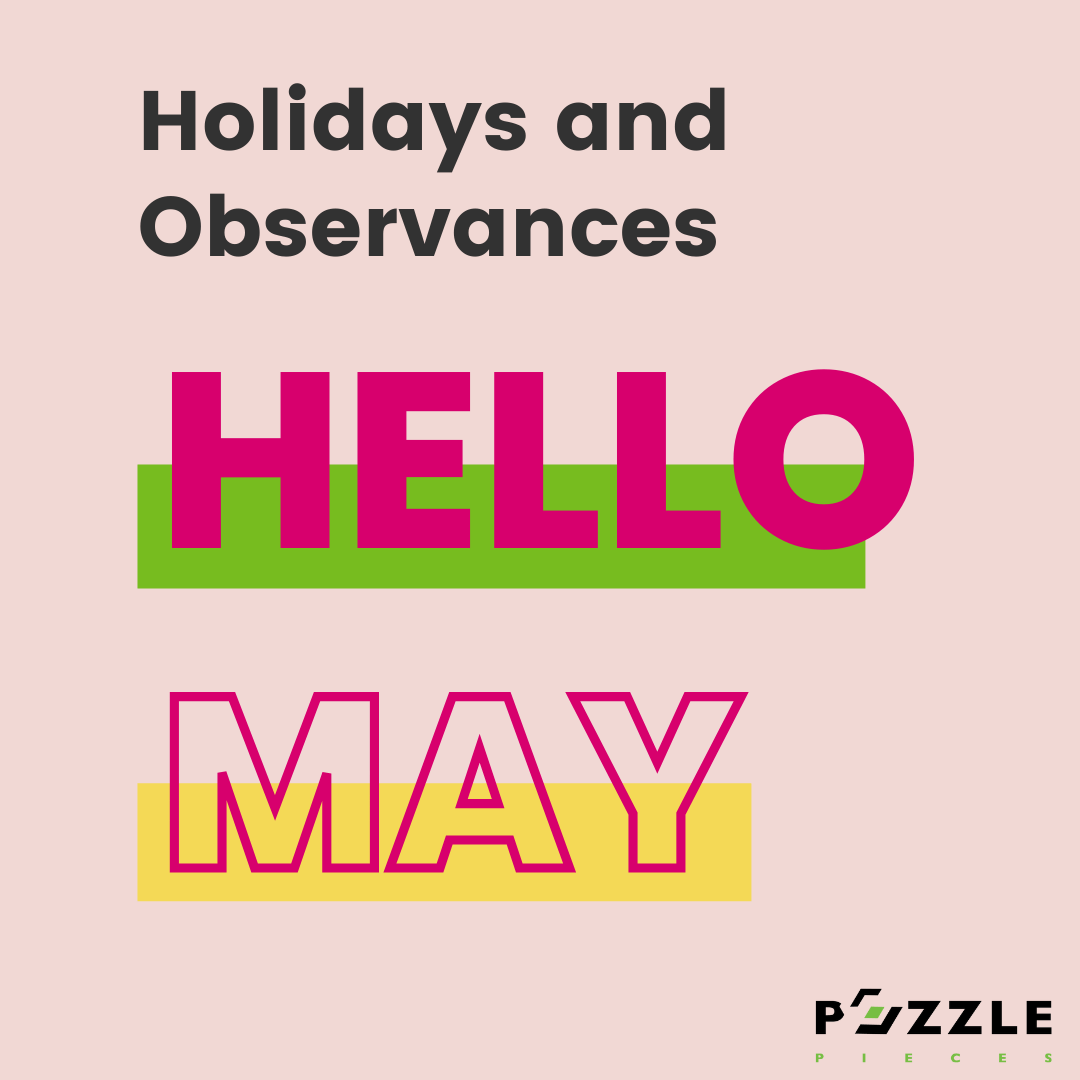Creating Effective & Responsible Marketing Campaigns During the Coronavirus Crisis
The effects of the coronavirus on the American economy is unprecedented – and we’re only a month in. That’s not meant to sound alarmist, but to remind you that in terms of creating responsible marketing campaigns for your nonprofit or mission-based business during COVID-19, it’s time to figure out your response, pivot and long-term plan.
Refocusing Rather Than Cutting Spending
While it may seem counterintuitive, a 2002 McKinsey Quarterly study of 1000 companies operating from 1982-1999 found that success wasn’t found by significantly reducing spending and making defensive decisions during times of crisis. Instead, businesses that spent their resources, especially on innovation, were rewarded with the most success. Granted these businesses were not mission-driven or nonprofits, but the advice and warnings should be heeded.
What’s Wrong with Playing It Safe?
As a nonprofit you may think that there’s no harm in playing it safe… let’s say in terms of reducing workforce and operating costs, but there very much could be. Not only can your audience reach suffer, but long term there may be unintended consequences. One unintended consequence of losing valuable personnel is that knowing the ins-and-outs of an organization and their role is a very valuable asset. What capital you save in the short term may not be mitigated in the long run in terms of re-hiring, training and the costs of overcoming the learning curve. There is also the loss of the trust forged through the personal and professional relationships that employee has developed with clients and other staff.
Reducing operating costs seems sensible on its face, but slash too much and you run the risk of not being able to meet demand – in this case donor outreach – once the crisis has passed and conditions improve. Additionally, with the country’s hyper focus on the coronavirus crisis, refocusing spending on a coronavirus response strategy may attract audiences that were previously untapped or out of reach. Considering the nature of nonprofit funding, there might even be an added incentive to forgo drastically reducing costs.
So How Exactly Do I “Refocus”?
The ambiguous answer is that refocusing means different things for different organizations – and it does, but let’s get specific as possible. Mission-driven businesses and nonprofits depend on several different strategies to initiate and maintain donor relationships for funding. During coronavirus, many of these options are still available, although some may have to be re-evaluated by looking at them through the lens of social distancing.
For example, while email and calling are still viable options during coronavirus, traditional mail marketing might need to be evaluated. It’s very possible that due to concerns over infection, people are choosing only to open priority pieces of mail to mitigate their risk of infection. This may or may not be true for your target audience, but it’s worth consideration and some examination of the analytics to determine. Depending on if and how you’re analyzing your audience’s behavior, you may notice a decline in response that means you might want to redirect – or refocus – those resources on another strategy.
Refocusing doesn’t have to just be about client/donor facing strategies either. With in-person events being cancelled, it might be time to re-allocate those resources to making some internal upgrades, namely audience segmentation, donor retention and analytics. If the coronavirus pandemic has given your organization some down time, getting to know the behavior of your audience better will have you moving stronger than ever when the return to the new normal begins.
Get Ready to Make Your Marketing Pivot Towards Empathy
Imagery
In this new era of coronavirus induced social distancing, the type of imagery the audience of the world wants to see is changing. If your brand relied heavily on images of crowds or a lot of personal contact, which can be par for the course for nonprofits, it’s time to rebrand. While most audiences won’t find the imagery inherently bad, there is a potential for it to be perceived as distasteful or insensitive. Another pitfall of using such imagery is that it causes your audience to wonder about your relevance and integrity. Considering both mission-based businesses and nonprofits rely on their reputation to further their causes, it can be nothing but beneficial to be sensitive to the new social currency of social distancing.
Beyond what not to do regarding your brand’s imagery, what you can do is a partial or full visual rebrand based on what resonates with today’s audience. If the coronavirus is forcing your organization to make a change, it could be a great opportunity to take a big plunge.
Content
As with your brand’s imagery, your content during the coronavirus crisis needs to be scrutinized and edited to avoid insensitivity and maintain relevance. In the context of social media, this might be a high priority task if you have already had content slated to publish, or your recent content could be viewed as insensitive. When re-evaluating your recent content, think about the people on the front lines of the crisis such as first responders, medical and health care workers, and other more blue-collar essential workers
Your target audience(s) may be different during and after the coronavirus crisis, but all audiences will respond to content that reflects empathy, authenticity and charitable action from your organization. According to an article from AdAge that maintains a list tracking marketers’ responses to coronavirus, Johnson & Johnson has seen a 61% increase in positive social media sentiment during the coronavirus in response to its marketing. Granted J&J is promoting their development of a vaccine, but considering mission-driven businesses and nonprofits are already in the charitable sector, it stands to reason that people will react positively to their stories as well during this time.
Going Virtual with Live Streaming
Mission-driven businesses and nonprofits host their fair share of in-person events that foster a sense of community that is leveraged for their various causes, which coronavirus has stolen away for the time being. In lieu of live events, many events have gone virtual and are realizing the monetization opportunities of live streaming events. If your organization hasn’t invested in learning the art of livestream, now is the time. Not only is interest in live streaming events at an all-time high right now, but it could become a long-term necessity. Whether due to extended stay-at-home orders or the public’s possible hesitation to quickly return to live events, live streaming is a necessary tool to learn for any charitable organization.
Fortunately, virtual events generally require less capital and moving parts to produce. There are also burgeoning observations on the psychology of live video streaming, suggesting that it creates a high level of connection between the viewer and the performer. Every viewer has the best seat in the house and there is more potential for interaction with the artist and other viewers.
As an added bonus, there are multiple and very user-friendly donation options throughout the duration of an event, making it highly monetizable. A recent coronavirus pandemic fundraiser that pit hockey greats Wayne Gretzky and Alexander Ovechkin against each other in the NHL20 hockey video game raised over $40,000 with its live stream. Most social media and crowdsourcing platforms now have the capability to collect donations within a live stream.
Your Long-Term Plan
Acts of charity, kindness and appreciation are the currency of marketing and social media at the moment, which is an area mission-driven businesses and nonprofits are already experts at. Keeping your marketing strategy agile in the midst of the coronavirus crisis will take effort, but it can also be an opportunity to reconnect with your current audience, get on the radar of a whole new audience and build a strategy that yields benefits in the long term. In the midst of a dark time, take the time to give your organization some self-care to ensure that you grow with your audience and emerge stronger on the other side.



